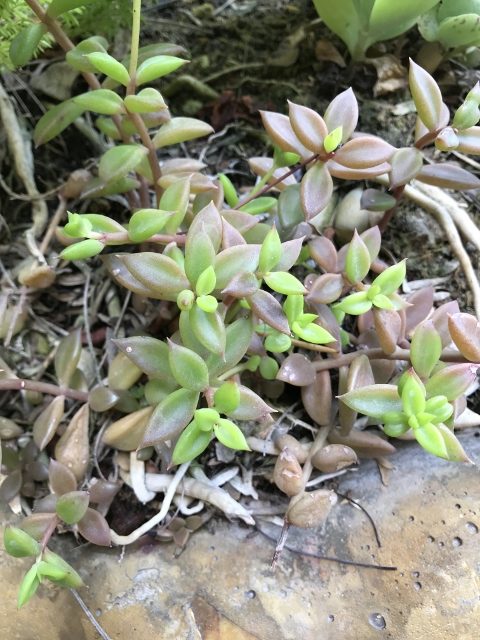Story and photos by Anita Westervelt, Texas Master Naturalist

A number of organizations are concerned with species at risk of becoming extinct and their interests include helping to stabilize and protect populations of those species. A few such organizations are the U.S. Fish & Wildlife Service, National Wildlife Federation, World Wildlife Fund and the Texas Parks and Wildlife Department that is charged with identifying and protecting species specific to Texas.
The list of endangered species is managed under the Endangered Species Act that was enacted by Congress in 1973.
Why saving native fish, plants and other wildlife is considered important is because losing even a single species can have disastrous impacts on the rest of the ecosystem and felt throughout the food chain.
Species groups include amphibians, aquatic invertebrates, birds, fish, mammals, plants and reptiles and can be listed as endangered at state, federal and international levels. Globally, familiar species that are protected are the giant panda, whooping cranes, elephants, tigers and the Tasmanian devil.
In addition to those under the ESA, Texas hosts more than 1,300 species of animals and plants considered to be Species of Greatest Conservation Need (SGCN) — species at risk of extinction.
Texas SGCNs are divided into 11 ecoregions; the Valley is in the Southern Texas Plains region. The mountain lion, American badger, several gopher and bat species, Northern bobwhite, wild turkey, hawks, common Mexican tree frog, freshwater fish and invertebrates like the Rio Grande gold tarantula, katydids, bees and beetles are among those species listed.
Many SGCN native plants may be remembered favorites from childhood, like Texas stonecrop (Lenophyllum texanum), a winter-blooming succulent with thick fleshy leaves and small yellow flowers. Its habitat is coastal clay dunes and inland caliche outcrops. It is a host plant for the xami hairstreak butterfly and a food source for rabbits and tortoises.
Vasey’s adelia (Adelia vaseyi) is another butterfly host plant considered an SGCN. A slim shrub of the Valley shrubland habitats, it can grow 10 feet tall. It is a host to Mexican bluewing butterflies. The female plant produces a three-lobed fruit; parrots eat the green fruit. Seeds from the ripe fruit are eaten by doves.



Bailey’s ball moss (Tillandsia baileyi), is a rare Valley native epiphyte found in shrublands along resaca banks and natural levees of the Rio Grande. It favors ebony and mesquite trees. An epiphyte gets moisture from mist, fog and humidity; dust from the air, leaves dropping from the tree and landing in the ball and rotting, leaves and other detritus blown into its mass by the wind break down into nutrients that feed the plant. Hummingbirds draw nectar from the cylindrical lavender flowers.


An important aspect of participating in the annual City Nature Challenge and uploading nature photographs to the iNaturalist data bank is to document and possibly identify species of greatest conservation need.
City Nature Challenge dates this year are April 30 to May 3. For more information and to learn how to participate, visit www.iNaturalist.org. For information about endangered species, search on the Internet: Texas species of greatest conservation need.

